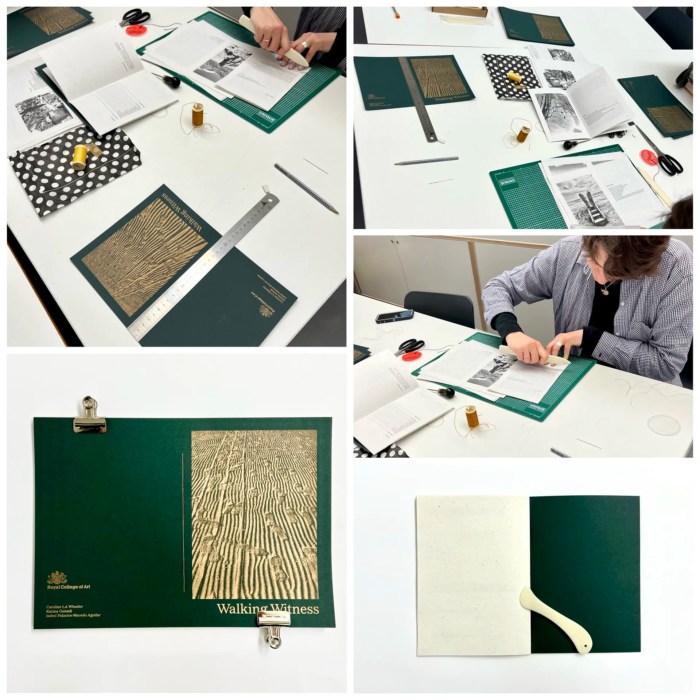We’ve all been told that walking is good for the soul, but let’s be real, sometimes you just want to get where you’re going faster than your two feet can take you. And that’s okay! In a world of bustling cities and sprawling landscapes, we’re often stuck in a single lane of perspective, the one we get from walking.
But what about the world we miss when we’re stuck on the sidewalk? This article is about flipping the script and seeing the world through different lenses, whether it’s cruising down the highway in a car, soaring through the air on a plane, or hopping on the subway.
Buckle up, because this ride is about to get interesting.
From the mundane to the extraordinary, our perspective shapes our understanding of the world. Walking can be a great way to explore, but it’s just one way to see the world. Let’s dive into the hidden treasures that emerge when we broaden our horizons and experience the world from different vantage points.
The Paradox of Walking
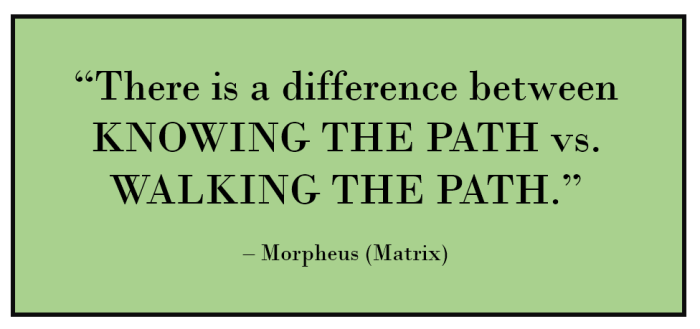
Walking, a primal and seemingly simple act, holds an enduring allure. It’s a mode of transportation that has been with us since the dawn of humanity, requiring no machinery or external power. Its inherent simplicity often evokes a sense of tranquility and connection with the environment.
The rhythm of our steps, the gentle sway of our bodies, and the sensory experiences that unfold around us create a unique and intimate relationship with the world. However, the limitations of walking, especially in modern urban environments, present a paradox.
While walking offers a certain charm and a connection to the environment, its practicality is often overshadowed by the speed and efficiency of other modes of transportation.
The Speed and Distance Limitations of Walking
Walking is inherently slow, and its speed is largely determined by individual fitness levels and terrain. While a brisk walk can be a form of exercise, covering long distances on foot can be time-consuming and tiring. In urban settings, where distances between destinations are often greater, walking can become impractical, especially when compared to faster alternatives like public transportation or personal vehicles.For example, a journey that takes 30 minutes by car might take an hour or more on foot, significantly impacting our time and potentially causing us to miss appointments or commitments.
This discrepancy in travel time becomes even more pronounced for longer distances.
Walking is overrated, man. Seriously, why waste time on the pavement when you can witness the world from two perspectives? Check out this podcast, Download And Listen Here , and get ready to see things from a whole new angle.
It’s like a mind-blowing experience, you know? Walking is so yesterday. This podcast is where it’s at.
The Accessibility and Practicality of Walking
While walking is a readily accessible mode of transportation, requiring no special equipment or infrastructure, its practicality is limited by factors such as terrain, weather conditions, and personal safety. Uneven sidewalks, steep hills, and hazardous road conditions can pose challenges for pedestrians, especially those with mobility limitations.Additionally, walking at night or in poorly lit areas can be unsafe, particularly for women and vulnerable populations.
The prevalence of traffic, crime, and other safety concerns can deter people from walking, especially in certain neighborhoods.
Walking for Short-Distance Travel
Walking is a practical and healthy option for short-distance travel, especially in urban environments. For errands, appointments, or simply enjoying a stroll through the neighborhood, walking offers a convenient and low-impact form of transportation.In densely populated areas with well-maintained sidewalks and pedestrian infrastructure, walking can be an efficient and enjoyable way to get around.
The ability to navigate narrow streets, explore hidden alleys, and experience the nuances of a city’s character are unique benefits of walking.
Walking for Long-Distance Journeys
While walking can be a rewarding experience for long-distance journeys, it is often impractical and requires significant preparation and physical fitness. Long-distance walking expeditions, such as hiking trails or pilgrimages, typically involve carrying essential gear, navigating challenging terrain, and managing logistical considerations.For most people, long-distance journeys are better suited for other modes of transportation, such as trains, buses, or airplanes.
These options offer greater speed, comfort, and convenience, allowing travelers to cover vast distances efficiently.
Witnessing the World Through Different Lenses
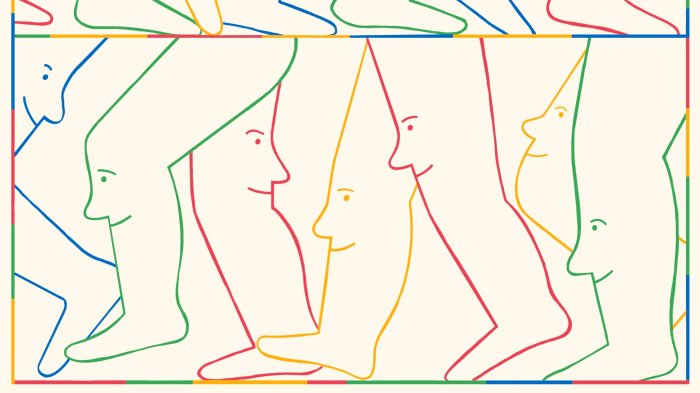
We’ve established that walking is overrated, but what about the alternative modes of transportation we embrace? The truth is, each method offers a unique perspective on the world, shaping our understanding of urban landscapes, social dynamics, and cultural nuances. This isn’t just about getting from point A to point B; it’s about the journey itself, the experiences that shape our perception of the world.
Exploring the City From Different Vantage Points
Think about the last time you drove, cycled, or took public transit. Each experience likely unveiled a different facet of the city. Driving, for instance, provides a more intimate and controlled view of the world. You’re in the driver’s seat, literally and figuratively, navigating the city’s arteries, observing its rhythm and flow.
This perspective often reveals the city’s infrastructure, its hidden pathways, and its functional design.Cycling, on the other hand, immerses you in the city’s fabric, allowing you to experience its textures and nuances up close. You’re a part of the city’s energy, weaving through its streets, encountering its people, and observing its details.
You know how they say, “Life is a journey, not a destination?” Well, maybe that’s true for some, but I’m all about experiencing the world from different perspectives. Like, have you ever checked out the story of Bentley the Ring Bear, who also happens to be the star of the Bentley Bear Burger?
Bentley The Ring Bear (Bentley Bear Burger) It’s wild, right? From Bentley’s perspective, the world is all about cuddles and burgers, and who am I to judge? Maybe that’s the real secret to life, seeing things from a whole new angle.
This perspective offers a more intimate understanding of the city’s human element, its quirks, and its everyday life.Public transit, meanwhile, offers a panoramic view of the city. You’re a passenger, a witness to the city’s diverse population, its social dynamics, and its cultural tapestry.
From the windows of a bus or train, you observe the city’s rhythms, its routines, and its unique character.
Understanding the World Through Different Lenses
These different perspectives can challenge our preconceived notions and foster a deeper appreciation for the complexities of the world. For example, driving through a bustling neighborhood might give you a sense of chaos, while cycling through the same neighborhood might reveal a vibrant community with its own unique charm.
Taking public transit might expose you to a diverse range of people, cultures, and lifestyles, broadening your understanding of the world around you.Here’s a quick breakdown:
- Driving: Offers a controlled, intimate, and often utilitarian view of the world, focusing on infrastructure and functionality.
- Cycling: Provides an immersive, intimate, and often more human-centric perspective, revealing the city’s textures, quirks, and everyday life.
- Public Transit: Offers a panoramic, observational, and often more social perspective, showcasing the city’s diverse population, cultural tapestry, and social dynamics.
“The world is a book, and those who do not travel read only one page.”
Sure, walking can be great for getting some exercise and fresh air, but sometimes you just want to see the world from a different perspective. Maybe you’re more of a “look at the big picture” kind of person, or maybe you’re more interested in the details.
Either way, there’s a whole world of possibilities out there waiting to be explored, and sometimes, drawing is the perfect way to do it. Check out this awesome guide for kids on how to draw cool animals: How to Draw Coolest Things Cute Animals Step-by-step Fun and Easy Sketching Guide for kids.
Learn to Draw Dogs Cats Lions Elephants Dolphins and more!. Whether you’re sketching a majestic lion or a playful dolphin, you’ll be amazed at what you can create. And who knows, maybe you’ll even discover a new perspective on the world around you!
Saint Augustine
A Book Review
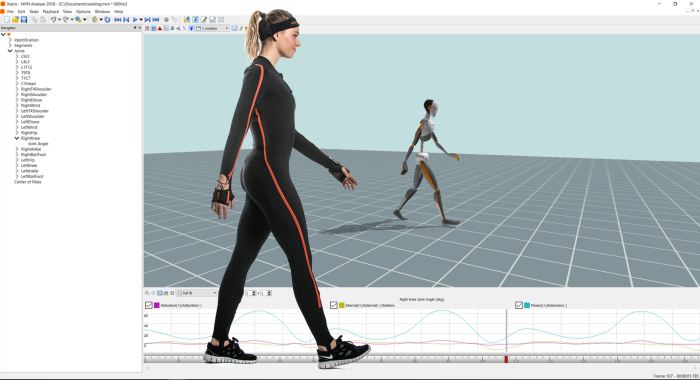
Perspective is a powerful lens through which we experience the world. It shapes our perceptions, influences our decisions, and ultimately defines our understanding of reality. Literature, as a reflection of human experience, often explores the complexities of perspective, showcasing how different viewpoints can lead to contrasting interpretations of the same events.
One such book that delves into this theme is “The Namesake” by Jhumpa Lahiri.
Okay, so maybe walking isn’t totally overrated, but let’s be real, sometimes you just need a different perspective. And what better way to get that than by cruising around in your ride, taking in the sights and sounds? But before you hit the open road, make sure you’re organized with the 2023-2024 Monthly Planner Chaos Coordinator 2 Year Calendar Organizer for Women Cute Schedule Agenda for 2023 2024 Large 8 x 10 Size with Notes To Do Lists Contacts and Password Log.
That way, you can plan your adventures, keep track of your appointments, and even jot down those awesome road trip ideas you’re bound to have. Whether you’re hitting the beach or exploring the city, you’ll be ready to take on the world, one scenic route at a time.
The Namesake: A Tapestry of Perspectives
“The Namesake” follows the story of the Ganguli family, Indian immigrants who navigate the complexities of identity and belonging in their new American home. The novel weaves together multiple perspectives, offering a nuanced exploration of how cultural differences, personal experiences, and generational gaps shape our understanding of the world.The novel’s protagonist, Gogol Ganguli, is a young man struggling to reconcile his Indian heritage with his American upbringing.
His perspective is characterized by a sense of displacement and a constant search for identity. His parents, Ashima and Ashoke, bring their own unique perspectives to the story, shaped by their experiences in India and their adaptation to life in America.
Ashima grapples with the challenges of raising children in a foreign culture, while Ashoke carries the weight of his past and the expectations of his family.The novel’s narrative structure and writing style further contribute to the exploration of different viewpoints.
Lahiri employs a third-person omniscient point of view, allowing readers to access the thoughts and feelings of multiple characters. This technique provides a comprehensive understanding of the family’s dynamics and the complexities of their individual experiences.
Character Perspectives and Their Impact
The Ganguli family’s journey is a testament to the power of perspective. Gogol’s perspective, shaped by his American upbringing, is marked by a sense of alienation from his Indian heritage. He struggles to understand his parents’ traditions and customs, and he often feels like an outsider in both cultures.
Ashima’s perspective, rooted in her Indian upbringing, is characterized by a longing for her homeland and a desire to preserve her cultural traditions. She faces the challenge of balancing her cultural identity with the demands of raising her children in America.
Ashoke’s perspective, shaped by his own experiences as an immigrant and his desire to provide a better life for his family, is one of sacrifice and resilience. He carries the weight of his past and the expectations of his family, but he remains committed to building a future for his children in America.
Narrative Structure and Writing Style
Lahiri’s use of a third-person omniscient point of view allows readers to access the thoughts and feelings of multiple characters, providing a nuanced understanding of their individual perspectives. This narrative structure enables the reader to see the world through the eyes of each character, revealing the complexities of their relationships and the challenges they face.
Lahiri’s writing style is characterized by its lyrical prose and its ability to capture the subtle nuances of human emotion. Her descriptions are vivid and evocative, painting a rich tapestry of cultural experiences and personal struggles.
Last Recap
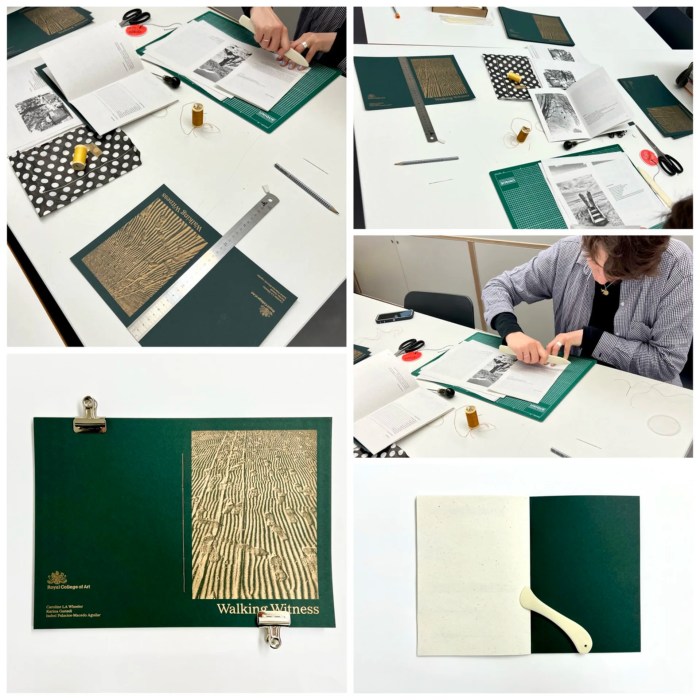
So, the next time you’re stuck in traffic, or cruising down the highway, remember that you’re experiencing the world in a completely different way than someone on foot. Embrace the unique perspectives that come with different modes of transportation, and you’ll find yourself with a richer understanding of the world around you.
And hey, maybe you’ll even discover a new appreciation for the humble walk.
FAQ Resource
What are some examples of how different perspectives can change our understanding of the world?
Imagine you’re driving through a bustling city. You see the traffic, the buildings, and the people going about their day. But what if you were on a bike? You might notice the details of the architecture, the hidden alleyways, and the small businesses that you wouldn’t have seen from a car.
Or, imagine you’re on a plane flying over a vast landscape. You might notice the patterns of agriculture, the winding rivers, and the natural beauty that you wouldn’t have seen from the ground.
What are some books that explore the theme of perspective?
There are tons of books that explore this theme, but some popular choices include “The Catcher in the Rye” by J.D. Salinger, “To Kill a Mockingbird” by Harper Lee, and “The Great Gatsby” by F. Scott Fitzgerald.

